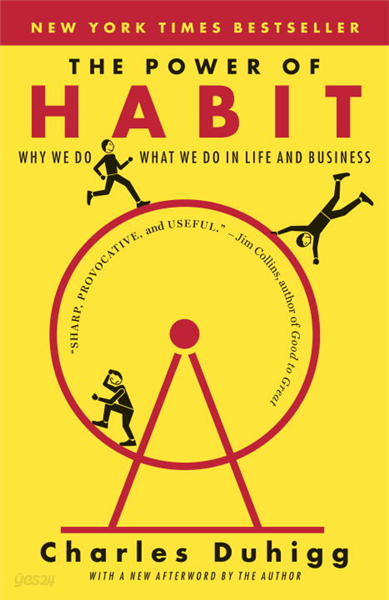품목정보
| 발행일 | 2012년 02월 28일 |
|---|---|
| 이용안내 ? |
|
| 지원기기 | 크레마,PC(윈도우 - 4K 모니터 미지원),아이폰,아이패드,안드로이드폰,안드로이드패드,PC(Mac) |
| 파일/용량 | EPUB(DRM) | 2.68MB ? |
| ISBN13 | 9780679603856 |

| 발행일 | 2012년 02월 28일 |
|---|---|
| 이용안내 ? |
|
| 지원기기 | 크레마,PC(윈도우 - 4K 모니터 미지원),아이폰,아이패드,안드로이드폰,안드로이드패드,PC(Mac) |
| 파일/용량 | EPUB(DRM) | 2.68MB ? |
| ISBN13 | 9780679603856 |
첫번째 리뷰어가 되어주세요.
첫번째 한줄평을 남겨주세요.
| 배송 구분 |
구매후 즉시 다운로드 가능
|
|---|
상품 설명에 반품/교환과 관련한 안내가 있는경우 아래 내용보다 우선합니다. (업체 사정에 따라 달라질 수 있습니다)
| 반품/교환 방법 |
|
|---|---|
| 반품/교환 가능기간 |
|
| 반품/교환 비용 |
|
| 반품/교환 불가사유 |
|
| 소비자 피해보상 |
|
| 환불 지연에 따른 배상 |
|